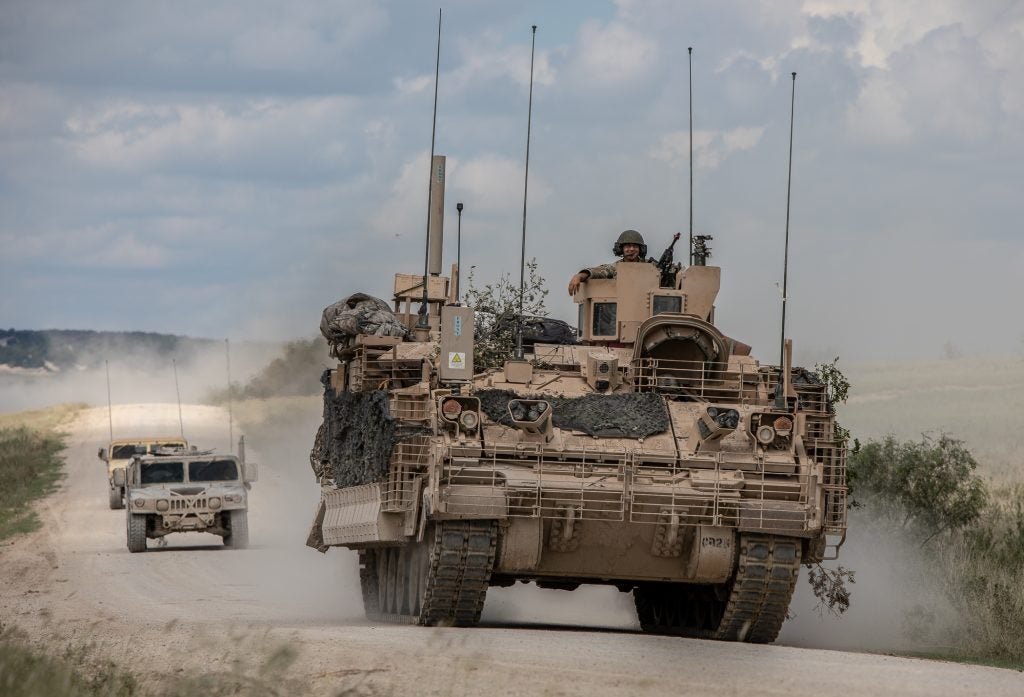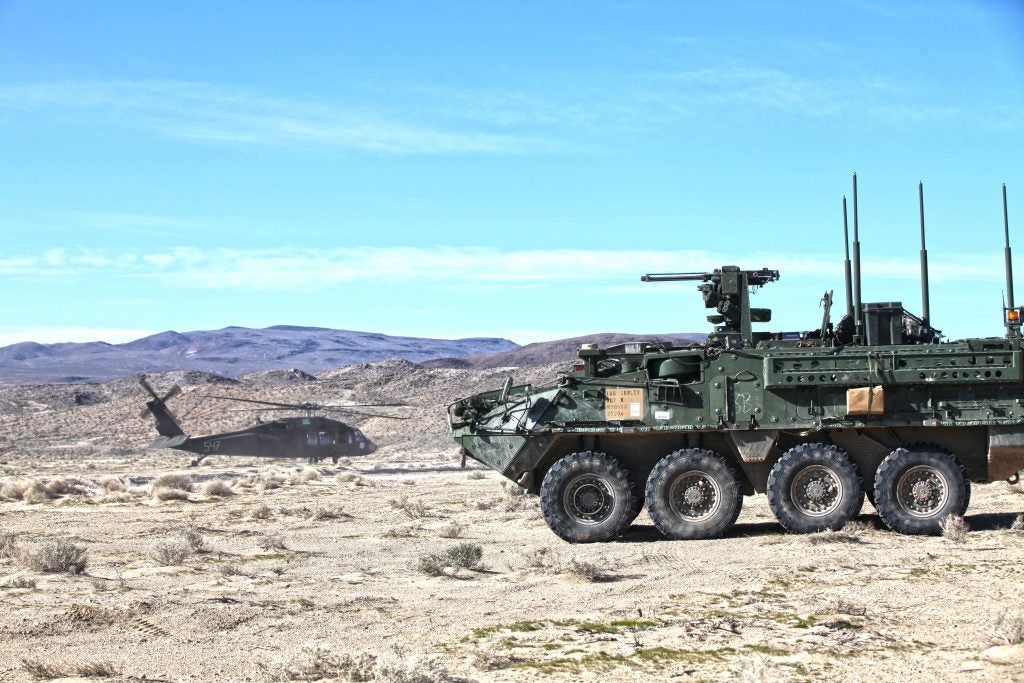No Active Protection System for Stryker
Testing of four different Active Protection Systems (APS) for the US Army’s Stryker family of infantry combat vehicles has proven less than fruitful with none of the identified systems likely to be adopted without significant future development. The Stryker program manager told Defense News that “unfortunately for Stryker, we have not found a system that is suitable for the platform.”
Whilst specifics have not been mentioned in non-classified press releases, the issue appears to primarily be one of weight. APS systems, particularly ‘hard kill’ systems like the well-known Israeli Trophy, are heavy and pose unique challenges for power integration for the host platform. ‘Hard kill’ systems actively attack incoming projectiles through a range of ballistic means, effectively engaging the threat before it strikes the armour of the target vehicle.

The US Army has deployed Trophy for its M1A2 Abrams main battle tank fleet and the similar Iron Curtain ‘hard kill’ APS for its Bradley infantry fighting vehicles. Both platforms are considered an interim measure until maturity of a US developed system. The answer for Stryker in the interim, however, may lie in some form of ‘soft kill’ APS system that relies upon jammers, decoys and chemical smoke dischargers to confuse enemy weapons systems. A ‘soft kill’ APS coupled with an explosive reactive armour (ERA) package of the sort being developed by the Army’s Vehicle Protection System program for trial on the Bradley chassis based Armoured Multi-Purpose Vehicle (AMPV) platform, the replacement for the M113 workhorse.
In addition, developments under the Army’s Modular APS (MAPS) program may see the Stryker outfitted with a laser system known as the Laser Warning Receiver (LWR). According to a December 2018 Federal Business Opportunitiesnotice, the LWR “will be expected to demonstrate platform compatibility and an increase to ground combat vehicle survivability, at a minimum, detect military laser aided threats such as Laser Range Finders and Laser Target Designators, and Laser Beam Riding Missiles.”

